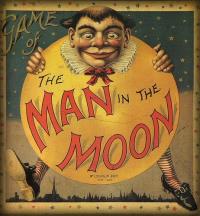Which of the following substances is non-magnetic?
Concerning the substances listed, the one that is non-magnetic is aluminum. It is a silvery-white, soft, and ductile metal in the boron group besides being non-magnetic. By mass, aluminium makes up about 8% of the Earth's crust. It is the third most abundant element after oxygen and silicon. It is the most abundant metal in the earth's crust, though it is less common in the mantle below.
The chief ore of aluminium is bauxite. Aluminium is mostly found combined in over 270 different minerals. In addition, aluminium metal is so chemically reactive that native specimens are rare and very hard to find. They are limited to extreme reducing environments. Aluminium is a substance that is now used in a huge variety of products including cans, foils, kitchen utensils, window frames, beer kegs, aerospace parts, etc. Because of its particular properties, it has a great many uses and adroit applications.
Overall, aluminium is important because it is a very malleable and ductile metal. It is also quite remarkable because of its low density. Its ability to resist corrosion through the phenomenon of passivation clearly makes it important. Plus, the oxides and sulphates of aluminium are considered very useful compounds.
More Info:
en.wikipedia.org







